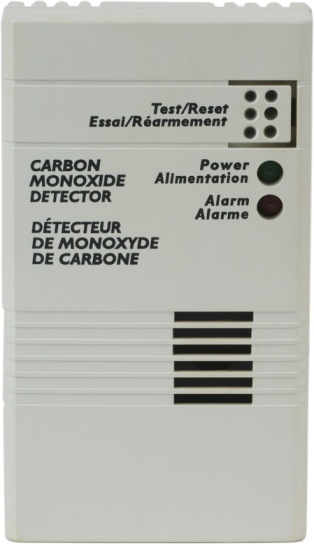Carbon monoxide emergencies are as deadly as fire emergencies in the home. However, many home owners know little about this odorless, tasteless and colorless gas and how important it is to detect harmful levels.
A common myth about CO is that any amount of it is poisonous. The fact is CO is a naturally occurring gas in the air all the time. When Carbon Monoxide gets past a certain level, however, the human body can no longer deal with it. CO poisoning can cause headache, disorientation, dizziness and symptoms very similar to the flu, and it can even kill.
Another myth about Carbon Monoxide is that sometimes people can taste it. This is not true. In fact, CO has no taste whatsoever; so, when people say they taste something in the air, they may detecting another byproduct of combustion.
An additional misconception about Carbon Monoxide is that, like fire, a problem with it will begin suddenly. The real story is that toxic amounts of CO slowly accumulate over time as the result of, for instance, of a slow leak in a HVAC system. Additionally, CO detectors are designed to sense this build up whereas smoke detectors react quickly at the first sign of smoke. Typically, Carbon Monoxide alarms alert the occupants when levels are increasing and warn them when the situation is dangerous and immediate exit is necessary.
The last myth about Carbon Monoxide is that CO detectors are an option and that the only serious threat to life and safety in the home is fire. The truth is that CO kills scores of people each year. The Consumer Product Safety Commission says that these individuals die from CO escaping from gas appliances, furnaces, fire places and other sources of flame and heat in the home.
As such, a Carbon Monoxide detector is a necessity. It is relatively inexpensive and takes no special knowledge to install. It should be tested and vacuumed each month to guarantee correct operation. A quality detector should last 8 to 10 years.
For more information on Carbon Monoxide in the home, call us today.

